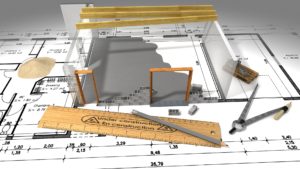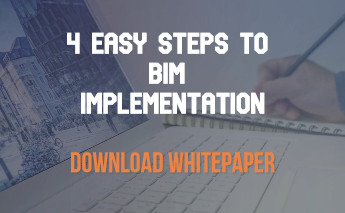For the successful implementation of the BIM project you require a structured and careful approach which considers the important components of the business of the firm which starts with leadership and vision which extends towards the individuals who may use BIM for the execution of various day to day projects. The pilot projects have been considered to be one of the components of well developed implementation plan for BIM.

Step I: Implementation of the learning
After performing the groundwork it is important to select a pilot project. The BIM probationers are taking various approaches which shall include which may include completion of fictitious competition and projects or re-performing a running project for the purpose of comparison or it may also consider starting a new project for any client. They all are considered to be valid and are dependent on the acceptability level of manpower and risk which is required to perform the task.
- It includes measuring all the main stages which are necessary for understanding the ways in which BIM has been able to improve the construction and design process.
- The benefits to the stakeholders on each step should be documented as well for the calculation of ROI.
- It is suggested that on the first project the team should not work on any traditional 2D CAD based projects and also BIM projects at the same time as it may prove to be counterproductive in the path of learning about the new system.
- It is suggested to pick a client who may appreciate latest technology and also understands how BIM will support them.
Step II: If required improve the understanding of the product using advanced training
Implementation of the pilot project helps in gaining better understanding on the method of training which may be required by new people and also helps in understanding the requirement of advanced training for people already using BIM on daily basis. The shift to BIM requires highly positive support of the key staff and management especially in case of large organisation. It is also necessary to set the expectations at the beginning of the process which helps in creating the road map and also calculating the level of training for employees. By starting from initial and creating confidence and also by building the core capabilities the movement to BIM will help in accelerating during other projects.
Step III: Post Evaluation of the Project, Correction and Documentation of the BIM plan
For all the organisations which are considering the implementation of BIM, there is a crucial requirement to consistently and continuously evaluate and assess the transformation procedures. The organisation undergoing the process should be in a condition to justify the amount of investment which shall be required. Secondly the organisation should acquire the capabilities to assess the difference after transformation, evaluation of the quantitative productivity data and validation for the purpose of evaluation of the projects in future for understanding the difference in productivity.
Once the team had been able to define the goals both from the perspective of the company and project then it can be possible to identify the BIM capabilities to be used on the project and till what level. It is also important to document all major obstacles addressed while executing the pilot project as they may come up in future as well. During the pilot project there may occur certain situation where the parties feel overloaded with amount of work and also may feel that situation is moving out of hand. It is important for the BIM manager to strategically tackle the situation and keep his team motivated. The success of the pilot project is always the right example to motivate the colleagues and help them in moving towards the next step.
Find out more about Revit Modeling India and how we can help you with BIM implementations. Write to us on info@revitmodelingindia.com and let our BIM experts contact you.

